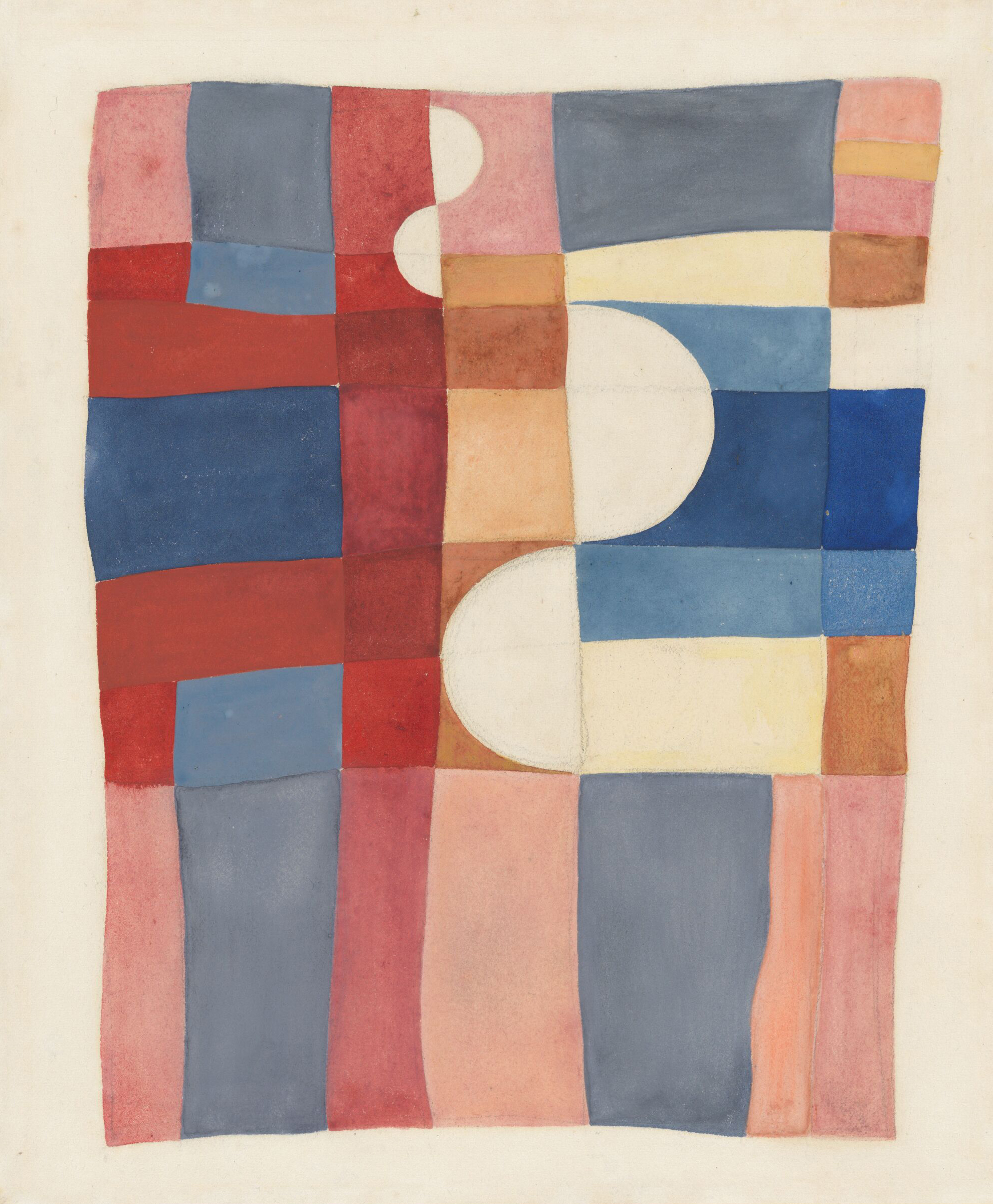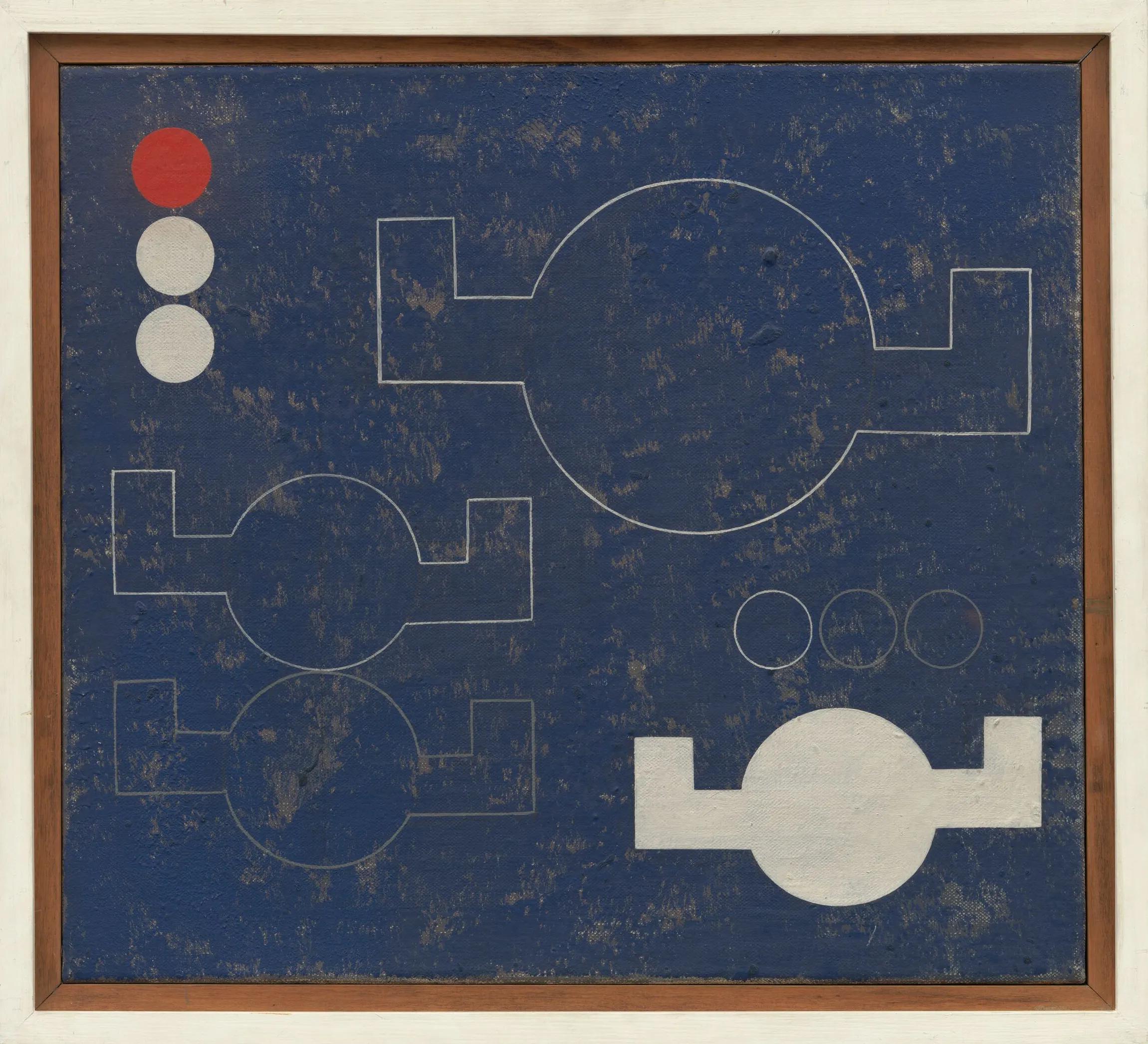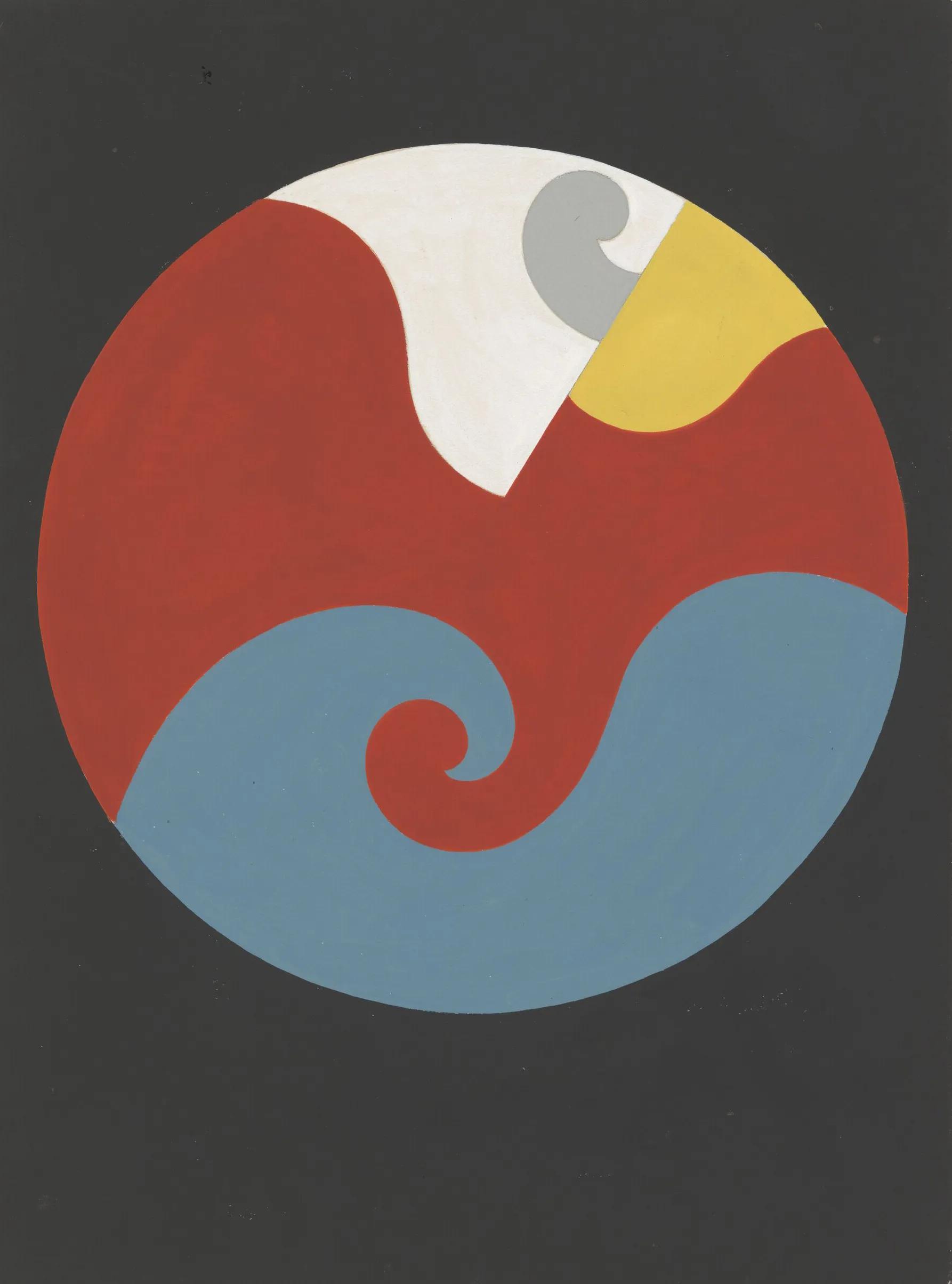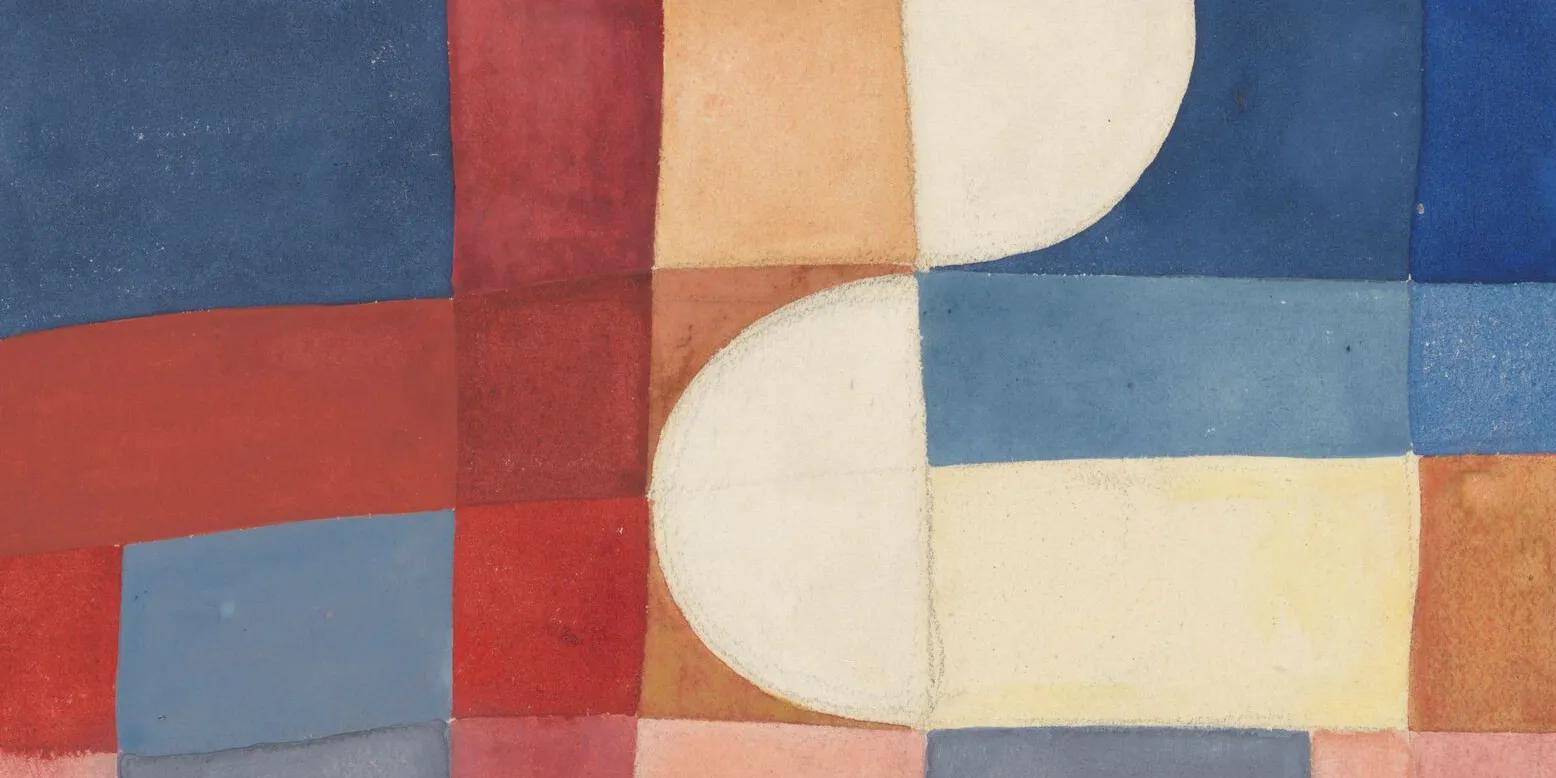
Dates
17 January – 7 March 2026
This sharply focused historical exhibition, ‘Shopie Taeuber-Arp. La règle des courbes / The Rule of Curves’ is curated by Briony Fer and is the gallery’s first solo display of Taeuber-Arp’s work, featuring over 45 artworks spanning a four-decade period from 1916 – 1942. Coming from the German Arp Foundation (Stiftung Hans Arp und Sophie-Taeuber-Arp e.V.) and important private and public collections, the show includes paintings, drawings, gouaches, wooden reliefs and an iconic Dada head. The exhibition draws attention to the artist’s formal vocabulary of the curve, which she used in innovative ways to stretch, bend and warp the language of geometric abstraction.
Sophie Taeuber-Arp is one of the most important artists of the 20th-century avant-garde. Dismantling conventional oppositions between Dada and geometric abstraction, fine art and utilitarian objects, ‘La règle des courbes’ shows how Taeuber-Arp boldly engaged with the cultural context of international modernism.
The title of the exhibition refers both to a rule as an organising principle and to an instrument used to measure lengths and distances like a ruler. The works display Taeuber-Arp’s exploration of the curve, what it can measure and how it can calibrate the space between work and world. Rather than consider her abstract language as self-referential and cut off from the world, Taeuber-Arp developed a formal lexicon that spoke to the world and was of its environment, leaving a body of work that invites us to rethink the driving impulses of early abstraction and that still resonates today.
The exhibition will be accompanied by a bilingual publication, ‘Sophie Taeuber-Arp: La règle des courbes / The Rule of Curves,’ from Hauser & Wirth Publishers, featuring new critical texts by Briony Fer and Jenny Nachtigall that shed new light on Taeuber-Arp’s artistic output.
ARTWORKS
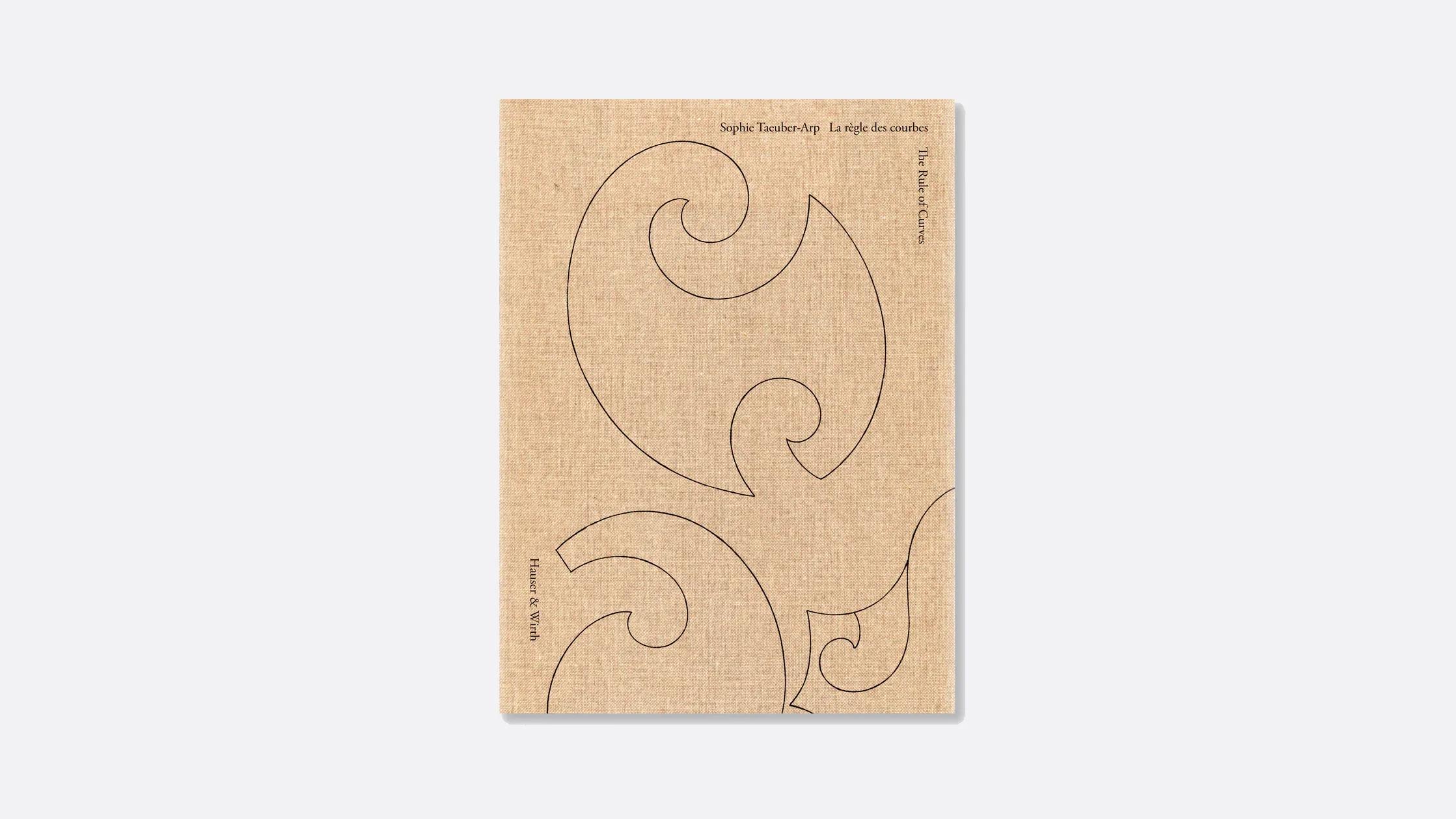
From Hauser & Wirth Publishers
Sophie Taeuber-Arp: la règle des courbes / The Rule of Curves
Edited and introduced by Briony Fer, ‘Sophie Taeuber-Arp: la règle des courbes / The Rule of Curves’ focuses on the formal logic that drove the artist’s bold and wide-ranging creative production while revealing how moving and working between mediums simultaneously expanded and crystallized her aesthetic.
About the Artist
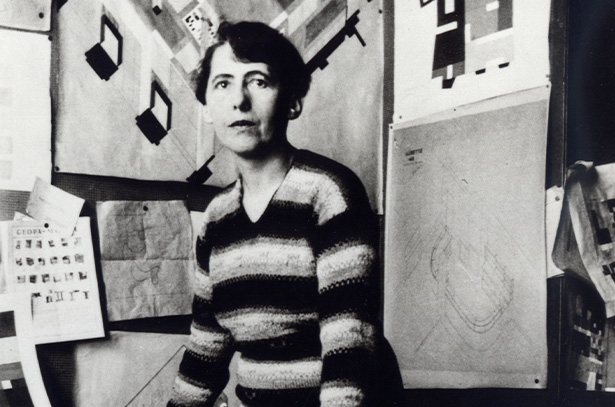
Sophie Taeuber-Arp
Sophie Taeuber-Arp (1889 – 1943) is one of the most important artists of the twentieth-century avant-garde and is considered a pioneer of Constructivist art. Reconciling extremes with confidence—Dada and Geometric Abstraction, fine art and utilitarian objects—Taeuber-Arp’s works boldly engaged with the intellectual context of international modernism. Through her multi-faceted approach to media, she challenged traditional hierarchies between fine and applied art, and asserted art’s urgent relevance to daily life. Taeuber-Arp defied categorization during her brief career through her work as a painter, sculptor, architect, performer, choreographer, teacher, writer, and designer of textiles, stage sets and interiors.
Born in Davos, Switzerland, Sophie Taeuber-Arp began her studies at the School of Applied Arts in St. Gallen between 1906 and 1910, studying textile design and embroidery. She later moved to the experimental workshops of Hermann Obrist and Wilhelm von Debschitz in Munich, where she learned a variety of techniques in fine and applied art and architecture, before spending a year studying weaving at the School of Arts and Crafts in Hamburg. The outbreak of World War I in 1914 forced Taeuber-Arp to return to Switzerland, where in 1915 she took lessons in Ausdruckstanz (expressive dance), with the choreographer Rudolf von Laban and the revolutionary dancer Mary Wigman. The same year, during a visit to the Galerie Tanner in Zurich, she met her future husband Hans Arp, whom she married in 1922.
Between 1916 and 1919, Taeuber-Arp was a key member in the Zurich Dada movement, performing in modern expressive dances at the Cabaret Voltaire and the Galerie Dada. From 1916–1929, Taeuber-Arp taught textile design at the Zurich School of Arts and Crafts. Her teaching methods in color theory and abstraction were informed by her own practice that deliberately favored mediums and techniques that challenged accepted hierarchies—whether that was through her pioneering use of the grid, free-flowing geometric forms or abstracted figures. In these years, Taeuber-Arp produced collages, watercolors, textile works and stage sets, marionettes and tapestries, utilizing a unique interplay between color and form which would later solidify her place as an early founder of Constructivist art.
1926 was a turning point in Taeuber-Arp’s career, when she was commissioned to design the interior of the Aubette, a cultural center, in Strasbourg—a project she asked Hans Arp and Theo van Doesburg to collaborate with her on. Once completed in 1928, van Doesburg devoted an issue of his journal De Stijl to their groundbreaking design of a public environment that inextricably melded art with daily life.
The Aubette commission gave Taeuber-Arp and her husband economic freedom that allowed them to move to Meudon, near Paris, where she conceived and designed their house and studio and some of its furniture. This marked the beginning of the most productive period in Taeuber-Arp’s life. She joined various artistic collectives from Cercle et Carré to Abstraction-Création and the Swiss group Allianz alongside fellow artists such as Georges Vantongerloo, Piet Mondrian and Max Bill, and founded and edited the radical art magazine Plastique. Arp’s and Taeuber-Arp’s house in Meudon became a meeting place for artists, writers and other intellectuals. Their circle of friends included the artists Sonia and Robert Delaunay, Wassily Kandinsky, Joan Miró, and Marcel Duchamp. Between 1929 and 1943, Taeuber-Arp exhibited in 40 exhibitions across the globe.
Taeuber-Arp and her husband fled to Southern France when the Nazis invaded Paris, before crossing over to Zurich in late 1942. The following year she died tragically and prematurely from accidental carbon monoxide poisoning.
Current Exhibitions
1 / 12
